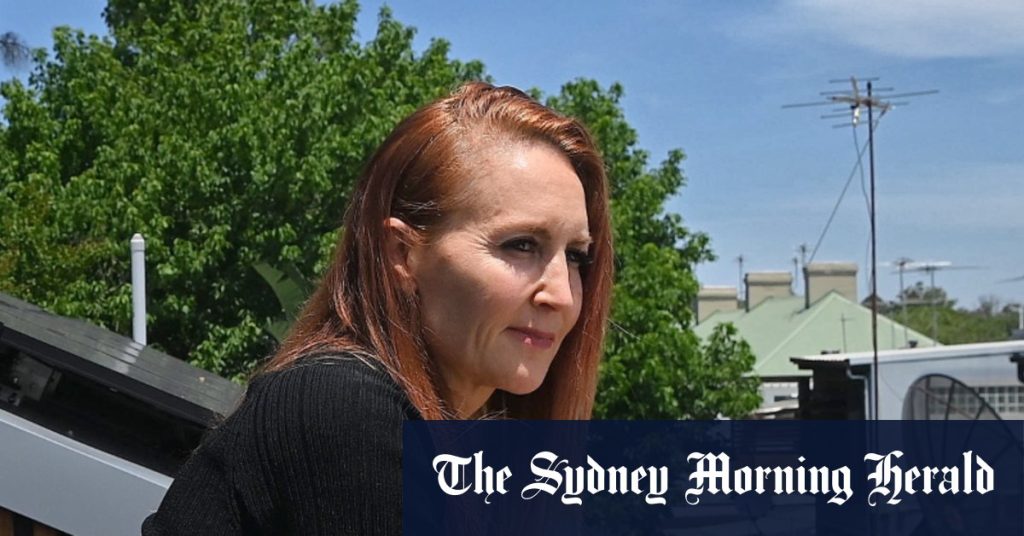Dr. Laura Ryan embarked on an ambitious project: transforming her small, heritage-listed terrace in Sydney’s Inner West into an off-grid haven, independent of external water, sewage, and power supplies. Driven by a desire for sustainable living and a wish to inspire others, Ryan meticulously researched and implemented innovative solutions. Her journey, however, was fraught with challenges, particularly navigating heritage regulations that restricted solar panel placement. While she successfully implemented numerous eco-friendly measures, the council’s denial of street-facing solar panels significantly hampered her energy goals, a point of contention she hopes will be addressed in upcoming policy revisions. Despite this setback, Ryan’s project stands as a testament to her dedication to sustainable building practices.
Ryan’s pursuit of an off-grid lifestyle required extensive research and consultation. She engaged numerous specialists, including water engineers, solar experts, architects, and sustainability consultants, many of whom initially deemed her vision impossible. Undeterred, Ryan persisted, seeking guidance from global experts and online communities. One significant hurdle involved finding a cost-effective and space-saving grey water system. After a costly and ultimately unsuitable proposal for a large treatment plant, she ultimately connected with a local water engineer, ending a frustrating global search. This experience underscores the challenges of implementing innovative solutions in existing urban environments.
The ‘ImPossible House,’ as Ryan named it, features a range of cutting-edge sustainable technologies. A prefabricated second floor minimized construction waste, an incinerating toilet dramatically reduces waste output, and a custom grey water system irrigates the garden. Rainwater harvesting and storage tanks further enhance water independence, with purple taps clearly distinguishing grey water from potable sources. Material choices, from paints and wallpapers to fabrics, prioritized low-VOC options, minimizing harmful emissions. Even seemingly small details, like sourcing a second-hand staircase, reflect Ryan’s commitment to recycling and reducing environmental impact.
Beyond technological solutions, Ryan’s project highlights the importance of thoughtful design and planning in sustainable living. Her experience sharing houses in Canberra instilled a practical approach to insulation and energy efficiency. This mindset carried over into the ImPossible House, where she maximized the yield from her limited rooftop solar panel area. Ryan’s meticulous documentation of the project, including costs, resources, and tradespeople, serves as a valuable guide for others seeking to embrace sustainable practices. Her transparent approach aims to empower individuals to make informed decisions about their own homes and contribute to a more sustainable future.
The conflict between heritage preservation and solar panel installation remains a key issue in Ryan’s story. While the Inner West Council, which touts its commitment to renewable energy, initially denied her request for street-facing panels, Mayor Darcy Byrne has acknowledged the need for more flexible regulations. The upcoming review of these rules in 2025 offers hope for homeowners like Ryan who wish to maximize solar energy production while respecting heritage considerations. This conflict illustrates the broader challenges of balancing historic preservation with the urgent need for sustainable energy solutions, a debate playing out in cities worldwide.
Dr. Ryan’s project transcends simply creating an off-grid home. It serves as a proof-of-concept, demonstrating the feasibility of sustainable living in dense urban environments. Her dedication to transparency, sharing her experiences and data online, amplifies the project’s impact, offering a valuable resource for others seeking to reduce their environmental footprint. The ImPossible House highlights the potential for individual action in addressing climate change, showcasing how innovative technologies and mindful choices can transform conventional homes into sustainable havens. Ryan’s work challenges existing norms and inspires change, contributing to a growing movement towards a more sustainable future.

